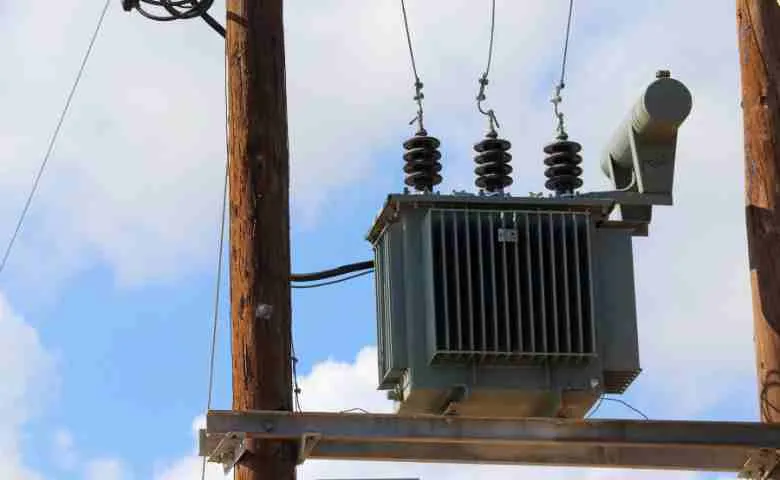Last Updated on March 24, 2023 by Admin
Our nation’s electrical infrastructure is nothing short of a work of art: miles upon miles of cables feeding homes across the country, connected with generators, substations and other complex arrays of equipment to enable us our modern conveniences. But much of it is a mystery to the average citizen – not in the least the transformer, which is arguably the most important piece of the puzzle for harnessing power.
ConstructionCareerHub App is LIVE — built ONLY for construction careers. Don’t apply with a weak resume.
Get ATS-ready Resume Lab + Interview Copilot + Campus Placement Prep (resume screening, skill gaps, interview readiness) — in minutes & Other advanced features.
Explore Smarter Construction Career Tools →Quick check. Big impact. Start now.
First, though: what exactly is a transformer? For those completely uninitiated, a transformer is an electrical component, which effective ‘transforms’ current to voltage, or voltage to current. It does this via the generation of electromagnetic fields, which activate electrons in wire and induce electricity – but how?
What is a Transformer?
A transformer comprises, at its most basic, a ringed iron core and two lengths of wire. The wires are wound around opposing sides of the core. When an AC voltage and/or current is applied to one ‘winding’ of the transformer, a magnetic field is generated in the wire windings; this field starts up a ‘magnetic flux’ in the iron core, which focuses that field and translates it over to the second ‘winding’. As such, the magnetic field generated by the first wire generates electricity in the second wire.
Related Posts:
- Top Online Electrical Engineering Courses For 2023
- What are the Electrical Engineering Jobs in the Construction Industry?
- Electrical Engineer Job description In The Construction Industry
- How Big Data Will Transform the Construction Industry
What Do Transformers Do?
This is an incredibly useful phenomenon, being useful for a wide variety of reasons. From the outside, it can be difficult to conceive of the transformer’s usefulness – but, in context, its function becomes all the clearer. Ohm’s Law states that voltage and current are proportional to one another; this is put into practice by transformers.
When the secondary winding of a transformer has more coils than the primary, a higher voltage is generated – at the expense of current. This allows electricity to travel much longer distances of wire without losing energy to cable resistance. With more windings on the primary winding than the secondary, that voltage is stepped down. This is used in our electricity infrastructure, to send electricity over long distances and then step it down to the 120V with which our household appliances are familiar.
Not only can transformers be extremely useful in stepping voltage or current up or down, but they also have an ancillary property that is useful in circuit and system design. The electricity generated in the second winding is isolated from the primary winding, which can limit noise in sensitive signal-based electrical systems. There are also specialized applications in the world of audio engineering, where analog audio signals can be isolated from noisy processing circuits and amplified for reproduction through a loudspeaker.
Transformer Maintenance
Large-scale transformers used to supply 120V electricity to American homes might share the same design principles as those common to consumer electronics and smaller scale circuitry, but they are radically different in actual design. For one, smaller transformers are discrete components; larger installations comprise a number of different transformer components, which need to be evaluated, maintained and even replaced on a regular basis.
A power transformer in an electrical substation uses oil to insulate the core and windings from other components, preventing arcing or other electrical phenomena. The magnetic flux within the core also generates heat, which oil conducts away from the core and windings. This oil needs to monitored monthly, in order that it can be replaced if depleted.
There is also a complex safety measure called a Buccholz Relay, which is essentially a mechanical relay switch that cuts the electrical supply in the event of a transformer failure. It does this with a mercury switch and a float which is sensitive to the presence of gas. Where a leak occurs or where a core begins to fail, gas forces the float to move and actuates the mercury switch. This entire relay is a failsafe, and itself must be examined on a half-yearly basis.


